Rhetorical Analysis
🔹
Academic Writing often deals with three approaches to writing: 1. rhetoric, 2. evaluation, and 3. research. There’s a strong connection between these parts: in rhetoric you analyze aim and strategy; in evaluation you gauge quality; and in research you explore how studies can be used to evaluate and build a larger argument. As you progress in academia, the quality of research becomes more central to the arguments you make.
🔹
Definitions of Rhetoric
The term rhetoric has many meanings. It can mean empty or manipulative words, as in “Oh, that’s just rhetoric; he’s saying he’ll provide free tuition because he wants to get elected.” Rhetoric can also refer to an assertion in the form of a question, as in the following rhetorical question: “Do you really want to crash your car into that guardrail while arguing with your girlfriend on your cellphone?” Finally, rhetoric can refer to the way people use communication strategies to influence, affect, or persuade. This is the sense in which we’ll be using the word.
Aristotle defines rhetoric as the art of “discovering all the available means of persuasion in any given case.” Wayne Booth writes about “the rhetorical resources available to the writer of epic, novel, or short story as he tries, consciously or unconsciously, to impose his fictional world upon the reader.” The term rhetoric can also be applied to text and other media, such as film and documentary. For the present purposes, rhetoric means the manner in which writers or directors try to make their audiences see, think, feel, or believe something.
Sample Rhetorical Analysis Essays: “Superficial Evolution” (Aladdin) — “The Falling Cat” (Mad Men) — “Turning the Tables” (Gandhi) — “All You Need is Love” — “The Bristling North”
🔹
16 Rhetorical Strategies
In 16 Rhetorical Strategies I define and illustrate 16 basic ways of examining rhetoric. Definition gives an example of an extended use of one category.
🔹
3 Rhetorical Aims
Traditionally, people refer to three rhetorical aims or purposes:
1. Argument: to argue a particular case or point; to persuade; e.g. an editorial in a newspaper or magazine; a book or documentary that argues a particular case, an M.A. or Ph.D. thesis; a post-secondary essay in the Humanities
2. Exposition: to explain, inform, or educate; e.g. a news article, memo, bulletin, newsletter, textbook, manual, news program, documentary, Wikipedia article, how-to video on Youtube, etc.
3. Expression: to explore and to provoke thought and feeling; this can be creative or personal, and includes narrative; often a writer tries to make you see into a situation by showing what it's like experiencing it; e.g. an interview in a newspaper, a poem, short story, play, film, TV show, or novel
It isn't always easy to assign one rhetorical aim. For instance, what are ads? Like an argument, they aim to persuade you that a product is good enough to buy, yet they often use explanations and expressive scenarios.
It isn’t always necessary to identify a strict rhetorical aim, but keep in mind that each act of communication has a rhetorical aim (and in some cases more than one aim) that you must keep in mind. For instance a film trailer tends toward persuasion: it aims to persuade you to see the film. An opening credit sequence on the other hand tends toward expression: it aims to put you in the right frame of mind or in the right mood to see what follows, and it often introduces key themes, characters, settings, etc. You could say that a trailer highlights what you might want to watch (or what the media company urges you to find interesting enough to watch) while an opening credit sequence brings you closer to the mood and meaning of what you’ve already decided to watch.
🔹
Lord of War
The page Lord of War contains a step-by-step analysis of the opening credits of the 2005 film Lord of War. The analysis observes details, identifies rhetorical strategies from these details, constructs topic sentences which are based on the rhetorical strategies, and constructs a thesis statement which incorporates the main points of your topic sentences. Normally, you start your essays and outlines with a thesis statement, then have topic sentences which develop your thesis and then have details which prove the argument of your topic sentences, Here, however, you have the opposite: details first, then the topic sentences, and finally the thesis statement. The reason I’ve put things in reverse order is so that you can see how to start with observation of details and end with a unified argument about the operation of rhetorical strategies.
Mad Men
Take a look at the Mad Men opening credits and at the Simpson’s parody and the split-screen comparative version. What’s different in the two credits, and how could you use the difference to get at the rhetorical strategies used in each? After this, look closely at the sample essay on Mad Men’s opening credits — in Mad Men.
For different ways of approaching rhetorical analysis, see Proctor & Gamble, Taylor Swift, Coke, Budweiser, Macklemore & Ryan Lewis, rhetorical analysis, strategies, 7 strategies, devices, analysis.
“Is Google Making Us Stupid?”
For Carr’s Atlantic article, click here. Click on this link to see a rhetorical analysis of Carr’s essay. Don’t worry if you don’t agree with his argument; the aim here is to get you thinking about the effect of the Internet and to get you to practice rhetorical analysis.
“The Last Channel”
The page “The Last Channel” has background, context, questions, and the text of Italo Calvino’s 1984 short story. Calvino is writing about addiction to channel-surfing, yet he’s also suggesting a number of things about living in reality versus fantasy. He applies his points directly to media, psychology, politics, and romance, yet they can also be applied to religion and philosophy.

